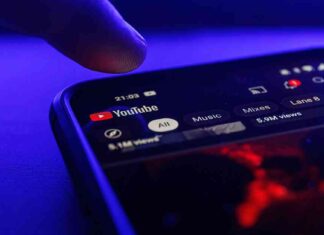As a marketing assistant, I once made an email campaign mistake. I spent hours creating what I thought was the perfect message, but the analytics showed low open and click rates. The issue? Neglecting the design aspect led to a cluttered and unclear email.
This experience taught me the importance of balancing engaging content with visually appealing design in email marketing. Effective emails need to guide readers towards action while capturing their attention.
Email design involves strategically creating emails that resonate with your target audience, including current subscribers and customers. With the number of email users expected to grow, mastering email design is crucial for reaching and converting your audience.
Recipients often scan emails and ignore those that lack value or appear dense. Great email design can capture attention and engage recipients. Design elements should be attention-grabbing, visually appealing, and on-brand.
Here are 13 best practices for effective email design:
1. Craft a strong subject line
2. Write an attention-grabbing pre-header
3. Be concise
4. Keep your email on-brand
5. Use layout to enhance user experience
6. Personalize every email
7. Incorporate unique visual content
8. Don’t be afraid to use emojis
9. Use responsive design
10. Optimize your email with CTAs
11. Add an “unsubscribe” button
12. A/B test your design
13. Design an email signature
Personalizing emails and tailoring them to the recipient’s stage in the customer journey can increase engagement and conversion rates. Incorporating visual content like images, videos, and emojis can make emails more engaging.
Responsive design ensures emails look good on all devices, improving user experience and retention. Calls-to-action (CTAs) are crucial for converting recipients. Including an “unsubscribe” button is not only user-friendly but also a legal requirement.
A/B testing allows you to refine your email design based on data. Email signatures add a professional touch and can include various elements like contact information, job title, and social media links.
Tools like HubSpot, BEEPro, MailChimp, Stripo, and Chamaileon can help create visually appealing emails. Real-world examples from companies like HubSpot, Starbucks, and Vital Proteins can inspire your email design efforts.
Email design is a skill that requires continuous improvement to achieve better results from email marketing campaigns. Personalization, emojis, and creative design elements can enhance the impact of your emails. Stay curious, keep experimenting, and prioritize your audience’s experience for successful email design.























